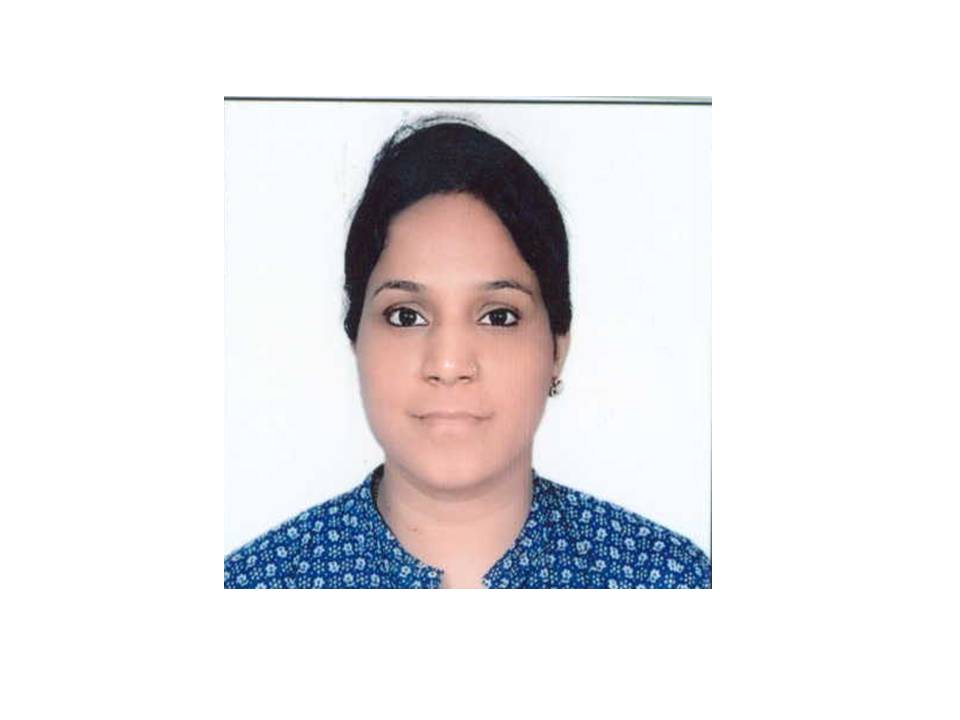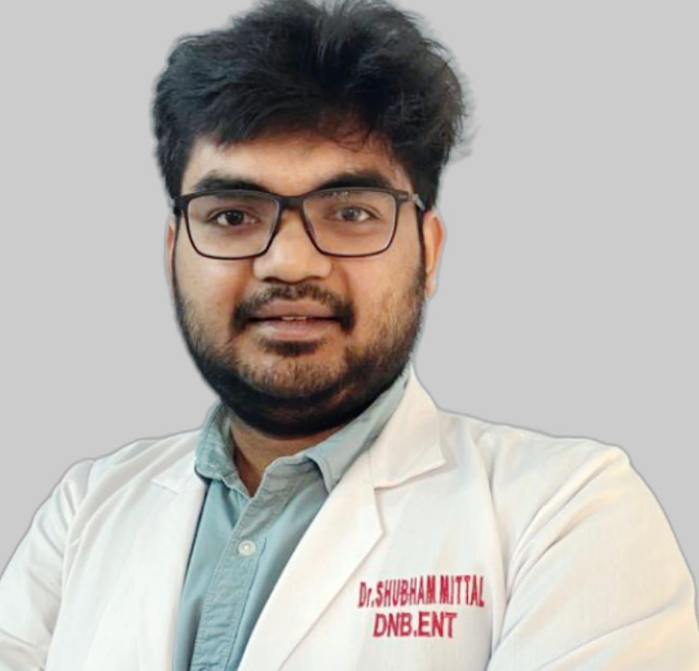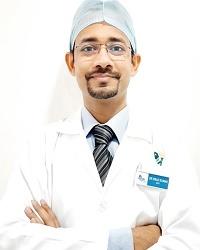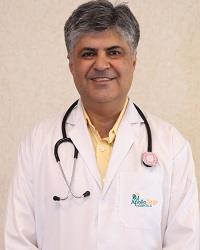Search Result: 5

Dr Isha Jain
MBBS
Registration No
4617166
Language
English, हिंदी

10 years experience overall

Sector 26 , Noida
MON, SAT(04:00 PM-05:00 PM)

Dr Sharad Nair
MBBS,MS(ENT),FHNORS
Registration No
2977586
Language
English, বাংলা, हिंदी, മലയാളം, नेपाली, தமிழ்

6 years experience overall

Sector 26 , Noida
MON- SAT(11:00 AM-01:00 PM)

Dr Shikha Bani
M.B.B.S. from Lady Hardinge Medical College , Delhi University, - 2003 M.S.(ENT)from VMMC & Safdarjung Hospital, Delhi University - 2009
Registration No
1034657
Language
English, हिंदी

8 years experience overall

Sector 26 , Noida
MON- SAT | SUN(09:30 AM-11:00 AM | 11:00 AM-12:00 PM)

Dr Shubham Mittal
MBBS, DNB (ENT)
Registration No
4397301
Language
English, हिंदी

3 years experience overall

NSG Chowk , Noida
THU | FRI, SAT(05:10 PM-07:30 PM | 04:00 PM-07:30 PM)

Dr Virad Kumar
MBBS, MS(ENT) , DNB(ENT)
Registration No
2727682
Language
English, हिंदी

15 years experience overall

Sector 26 , Noida
MON- WED, FRI, SAT(06:00 PM-08:00 PM)
Frequently Asked Questions for Myringoplasty in Noida
If a myringoplasty fails, further evaluation may be needed. Your doctor may recommend revision surgery or alternative treatment options based on the specific circumstances.
A tympanoplasty and a myringoplasty are both surgical procedures performed on the eardrum. The main difference is that a tympanoplasty repairs more extensive damage to the eardrum, and may include reconstruction of the middle ear structures. It is a more complex procedure that may require the use of grafts from other parts of the body, such as the fascia or cartilage. At the same time, a myringoplasty is performed to fix a small hole or perforation in the eardrum.
Like any surgical procedure, myringoplasty has some risks and disadvantages. These can include temporary dizziness, infection, hearing loss, tinnitus (ringing in the ears), and graft failure. It is important to discuss these risks with your doctor before undergoing the procedure.
Yes, hearing can improve after a successful myringoplasty. The closure of the perforation allows sound waves to be adequately conducted through the middle ear, leading to improved hearing.
Candidates for myringoplasty are individuals with a perforated eardrum that is causing hearing loss or recurrent infections. An ENT specialist will evaluate the size and location of the perforation to determine if myringoplasty is appropriate.
After a myringoplasty, it is important to keep the ear dry and avoid activities that may increase pressure in the ear, such as flying or scuba diving. Your doctor will provide instructions on post-operative care and prescribe eardrops or antibiotics to prevent infection. Regular follow-up appointments will be scheduled so that your doctor can monitor your progress.
The duration of a myringoplasty procedure typically ranges from 1 to 2 hours. However, duration can vary depending on the complexity of the case and the surgical technique used.
The recovery time after a myringoplasty can vary from person to person. Generally, it takes around 2 to 4 weeks for the eardrum to heal completely. During this time, it is important to avoid activities that may put pressure or strain on the ear.
Before a myringoplasty, your doctor will thoroughly examine your ear and may order certain tests such as audiometry to assess your hearing. You may need to stop taking certain medications such as blood thinners before the surgery. Your doctor will provide specific instructions regarding fasting and other pre-operative preparations.
There are two main methods used in myringoplasty: underlay and overlay techniques. In the underlay technique, the graft is placed underneath the eardrum. The graft is placed on top of the eardrum in the overlay technique. The choice of the technique depends on the size and location of the perforation.
The success rate of a myringoplasty varies depending on several factors, such as the size and location of the perforation, the overall health of the patient, and the surgical technique used. On average, success rates range from 80% to 90%.
An ENT (ear, nose, and throat) specialist, called an otolaryngologist, performs a myringoplasty. These doctors have specialised training in diagnosing and treating ear, nose, and throat conditions.
A myringoplasty is a surgical procedure used to repair a perforated eardrum. During the procedure, the surgeon closes the hole in the eardrum using a tissue graft. It helps to restore normal hearing and prevent infections.
Related Procedures in Noida
- Doctors for Laryngoscopy in Noida
- Doctors for Septoplasty in Noida
- Doctors for Tonsillectomy in Noida
- Doctors for Tympanoplasty in Noida
- Doctors for Tympanomastoidectomy in Noida
- Doctors for Tracheostomy in Noida
- Doctors for Cochlear Implant in Noida
- Doctors for Adenoidectomy in Noida
- Doctors for Myringoplasty in Noida
- Doctors for Laryngectomy in Noida
- Doctors for Stapedectomy in Noida
- Doctors for Parotidectomy in Noida
- Doctors for Functional Endoscopic Sinus Surgery in Noida
- Doctors for Ear tubes in Noida
Other Specialities in Noida
- Best Urologist in Noida
- Best Pulmonologist in Noida
- Best General Physician in Noida
- Best Endocrinologist in Noida
- Best Cardiologist in Noida
- Best Oncologist in Noida
- Best Radiologist in Noida
- Best Orthopedics in Noida
- Best Hepatologist in Noida
- Best Gynecologist in Noida
- Best Dermatologist in Noida
- Best Gastroenterologist in Noida
- Best Psychologist in Noida
- Best Ent Specialist in Noida
- Best Nephrologist in Noida
- Best Rheumatologist in Noida
- Best Diabetologist in Noida
- Best Psychiatrist in Noida
- Best Neonatologist in Noida
- Best Dentist in Noida
- Best Dietitian in Noida
- Best Haematologist in Noida
- Best Pediatrics in Noida
- Best General Surgeon in Noida
Top Hospitals in India
- Hospitals in Ahmedabad
- Hospitals in Bangalore
- Hospitals in Bhubaneswar
- Hospitals in Bilaspur
- Hospitals in Chennai
- Hospitals in Delhi
- Hospitals in Guwahati
- Hospitals in Hyderabad
- Hospitals in Indore
- Hospitals in Kolkata
- Hospitals in Madurai
- Hospitals in Mumbai
- Hospitals in Mysore
- Hospitals in Nashik
- Hospitals in Noida
- Hospitals in Visakhapatnam
- Hospitals in Lucknow
- Hospitals in Bhopal
- Hospitals in Karur
- Hospitals in Kochi
- Hospitals in Nellore
- Hospitals in Trichy
- Hospitals in Kakinada
© Copyright 2024. Apollo Hospitals Group. All Rights Reserved.
 +91 8069991061
Book Appointment
+91 8069991061
Book Appointment






 Call Now
Call Now





